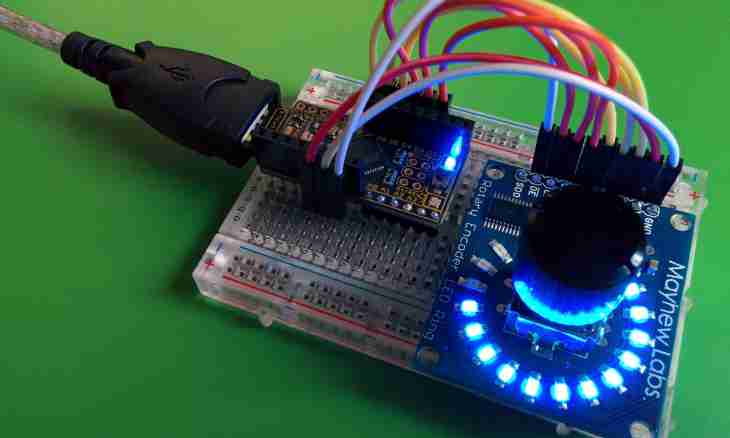Usual stabilitrons are issued on stabilization tension not less than three volts. Quite often, however, there is a need of stabilization of voltage about one volt. So-called stabistor are for this purpose applied.
Instruction
1. Remember that stabistor irrespective of whether they are specialized, or in their quality ordinary diodes are used, always join not in the return tension, and in direct, unlike stabilitrons.
2. For the most high-quality stabilization of low tension use specialized stabistor. Their examples are 7GE2A-K and 7GE2A-S. their Various copies allow to receive voltage from 1.3 to 1.6 V. Once having picked up a copy with the required tension, it is possible to be sure that at change of current of stabilization from 1 to 10 ma tension on a stabistor will slightly change.
3. As the improvised stabistor use semiconductor diodes, light-emitting diodes and selenic washers of the most various brands, transitions of transistors (even such at which of two transitions only one is serviceable). Some of them give in such mode of tension lower than a volt, some - above. In the beginning roughly determine tension of stabilization of such device, having connected it in direct polarity to the multimeter working in the mode of check of diodes. The result of measurement - is also stabilization tension, that is, any recalculation will not be required. Least of all it at germanic devices, is slightly more at silicon, maximum - at light-emitting diodes and selenic washers.
4. Make sure that the device chosen by you really stabilizes tension in the range of currents chosen by you. The upper bound of this range should not exceed the maximum allowed direct current through it. If necessary, use the heat sink. Pass the direct current corresponding to the lower bound of range via the device, connect to it the voltmeter. Smoothly increase current to the value corresponding to the upper bound of range. Check whether change of tension went beyond requirements imposed by you to the stabilizer.
5. Collect on the present or the improvised stabistor the parametrical stabilizer according to the scheme differing from classical only in the fact that current via the device is passed in the direct direction. In the ready stabilizer also if necessary use the heat sink.
6. If desired, try to receive stable voltage about one volt in the following way. Collect two parametrical stabilizers which tension differs on this value. Include loading between their exits.
7. At last, if you have a LM317T stabilizer, receive with its help tension in 1.25 V, having included it according to the non-standard scheme - without additional elements, having connected the operating conclusion directly to the general wire.
8. In physical laboratory of school or higher education institution for obtaining the stable tension very close to one volt, it is possible to use the so-called normal Vestona element. Handle with it extremely with care: do not drop, do not sort, do not overturn, do not load with big currents, especially, do not close nakorotko. Carry out all operations with it under control of the teacher. You do not hold such elements of the house at all, do not try to make them independently. Remember that they contain mercury and cadmium.

